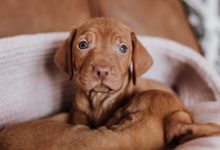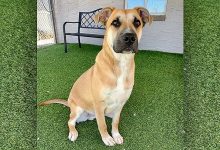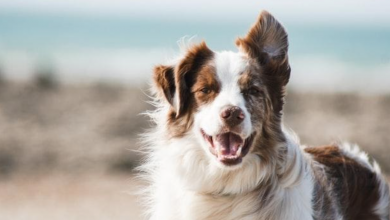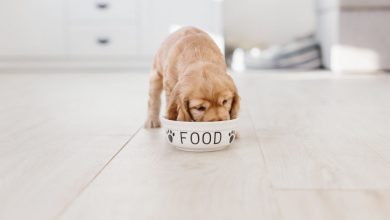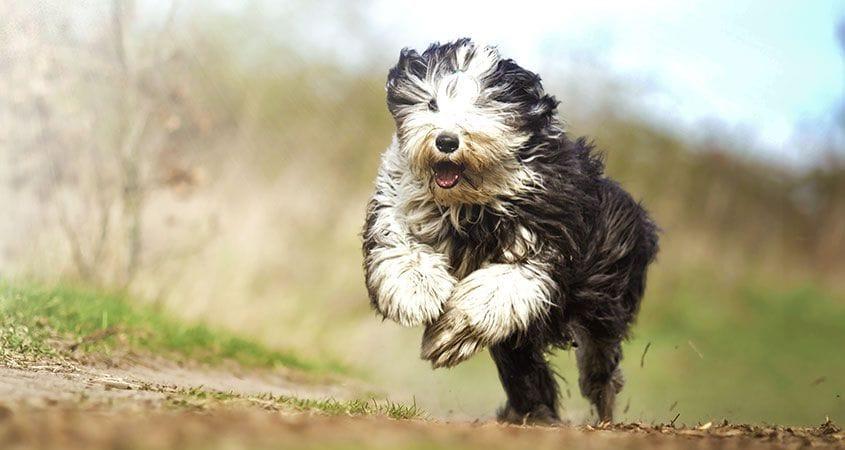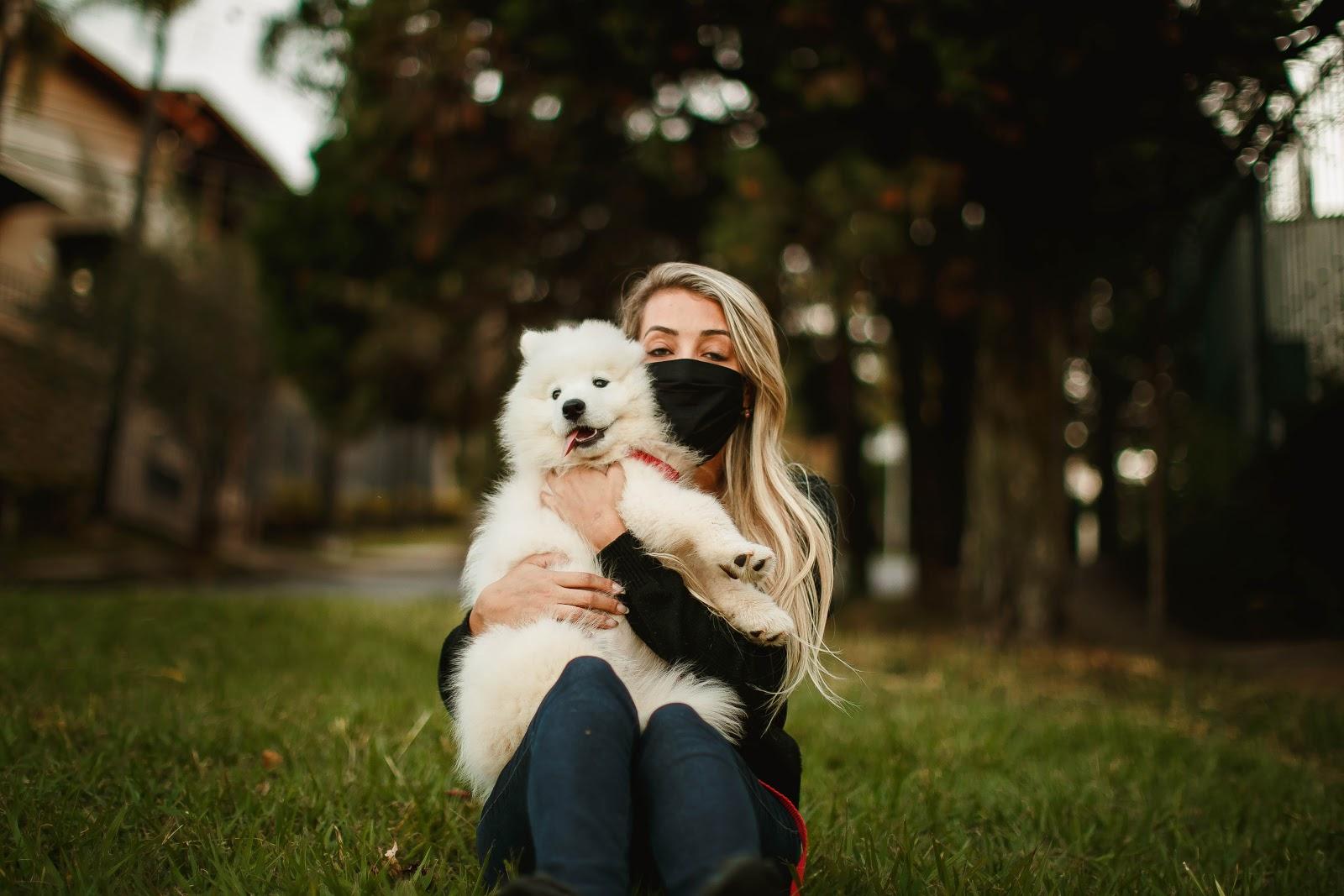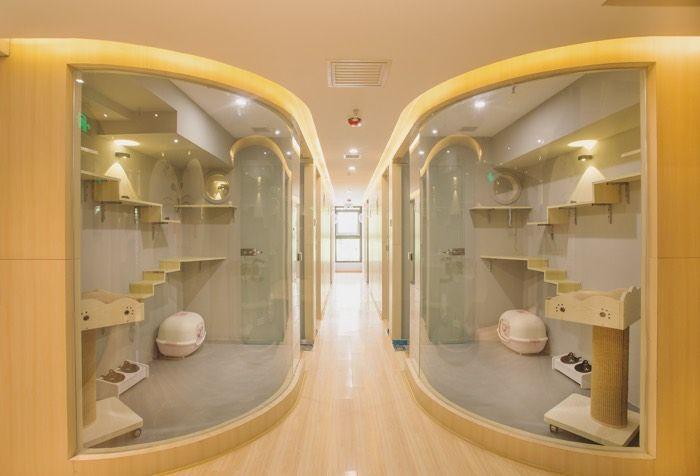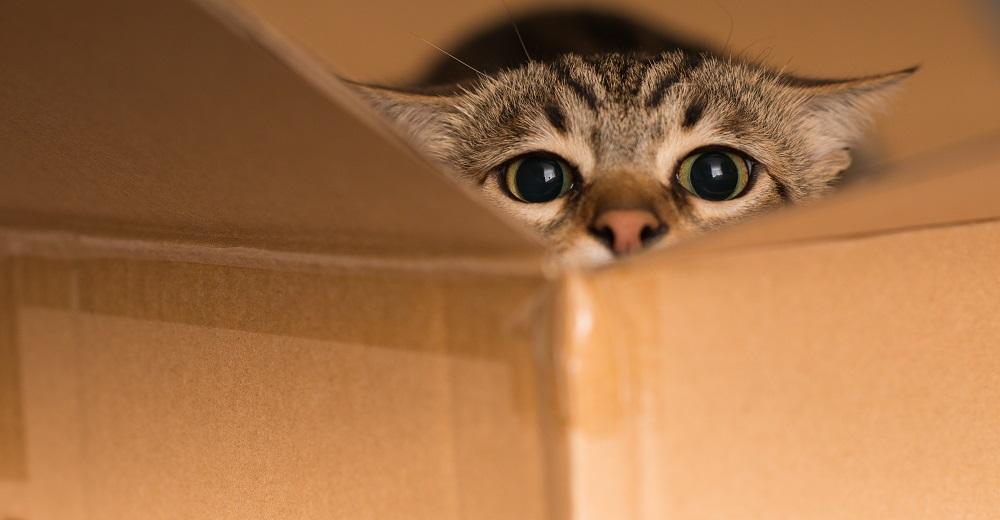How to Create a Safe Environment for Your Dog
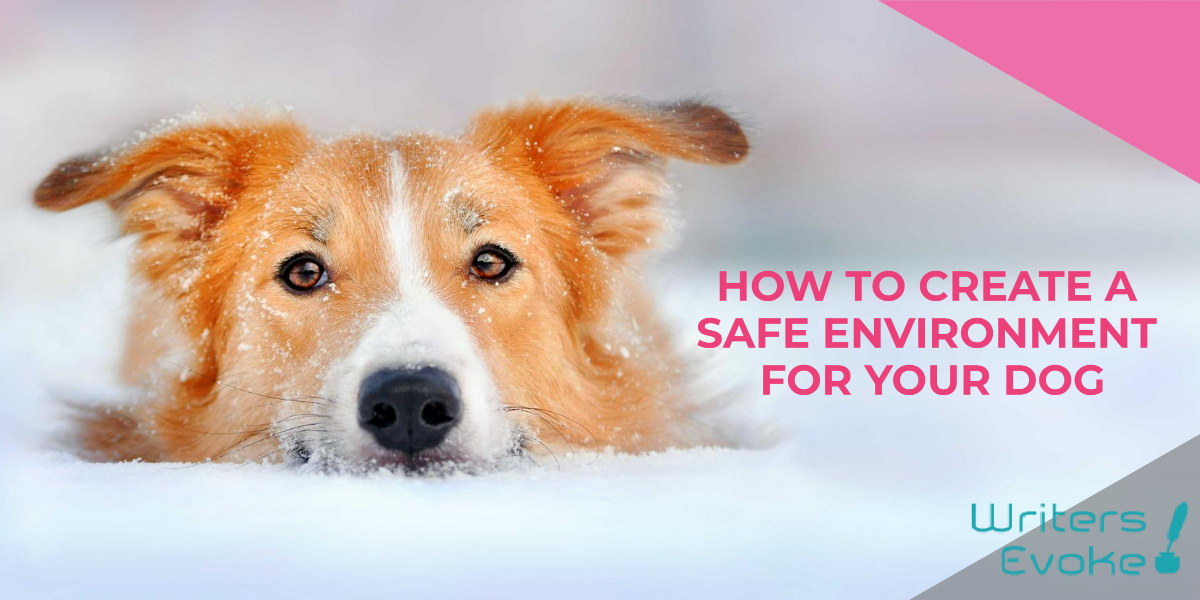
Index Of The Blog
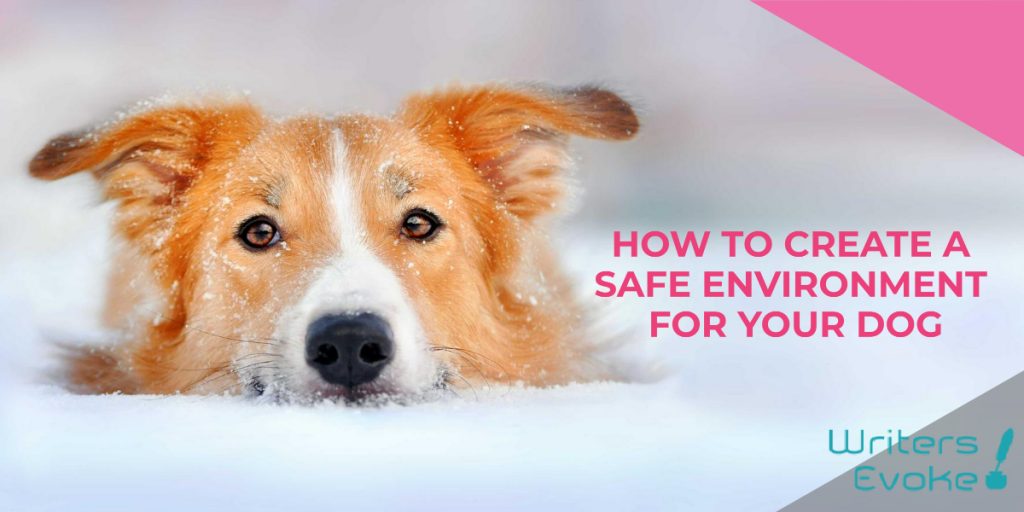
Newly adopted dogs and young pups are naturally curious. They can sniff, scratch, bite, lick, chew, and even swallow anything that comes their way. In most cases, it will come as no surprise that your dog will come across an object that is unsafe for consumption. Safe Environment for Your Dog.
Creating a haven for your dog is not the same as baby proofing, although there may be a few similarities. Get the scoop on how to pet-proof your home. A company offering pet food delivery services in the UAE shares a few tips on how to accomplish this objective.
Indoor vs. outdoor dogs
Domesticated dogs are bred and raised to stay indoors. Canines are typically pack animals and see their owners as the head of their pack. As such, they may exhibit signs of distress and anxiety when taken away from you for long periods of time, or when forced to stay outdoors.
Some mutts feel more comfortable staying outdoors. In such situations, ensure that you provide a space away from the effects of extreme changes in temperature. An insulated area placed away from the heat, cold, or wind is advisable.
If providing such a space is not feasible, it may be worth bringing your dog inside the home during a hurricane, a sandstorm, high summer, or cold snaps. Extremes can be uncomfortable for pets, much like their human counterparts. By bringing your pet inside, you are protecting its health and wellbeing.
Whether you have an indoor or outdoor dog, give your dog its own space. It could be its own bed, kennel, or a crate. Other than a place for resting, your dog may retreat to this space when it feels distressed.
Safely store your food
With indoor dogs, they may attempt to grab any type of food they may come across. It could be a strip of bacon, your steak dinner, or a piece of chocolate. Your dog is unaware of which types of food are toxic or could potentially be dangerous to its health until it is too late.
Instead of constantly worrying about what your dog manages to pinch off the table, you can keep all potential sources of human or animal food tucked away in a cupboard or pantry. By doing so, you eliminate any worries of your canine rummaging for food while you are away.
If you do want to give your pet table scraps, best check with your vet first. You don’t want to poison your companion by accident. Safe Environment for Your Dog.
Keep medications out of reach
Similar to food, some medications made for human consumption may be dangerous for dogs. Even tamper-proof bottles are no match to the sharp teeth of a massive canine.
Keep all medicines, regardless of form or packaging, out of reach. Not only will this keep your dog safe, but also any kids living with you.
Check your plants and flowers
Plants and flowers can do wonders for your home, both inside and out. Having a garden improves your home’s curb appeal while providing cozy areas where you can relax or entertain guests.
Indoors, they add life and color to any sterile space. The greens not only work in absorbing some of the toxins in the air, but they can also reduce stress and fatigue. As a result, productivity levels are improved while people feel better.
With the many benefits of plants, both indoors and outdoors, it may be tempting to start filling your home and garden with all sorts of flora. But wait, before you do, think of any existing pets you may have in your home. Dogs, in particular, are allergic to a wide variety of plants.
Garden plants that can trigger allergies in sensitive dogs include acacia shrubs, mulberry trees, daylilies, and even Bermuda grass. On the other hand, houseplants you should avoid having in your home include the large-leafed dieffenbachia, aloe, and eucalyptus, among others. If in doubt, check with your vet before adopting a dog or bringing plants home.
Put away cleaning supplies
Soaps, cleaners, pesticides, car liquids, antifreeze, even some forms of dog care products must be kept behind closed doors as such products may contain substances that could be toxic to your pets. Think of your pets like you would children, keep all chemicals locked away in your garage or a cupboard. Make sure your kids and dogs have no access to any chemicals to prevent untoward accidents. Safe Environment for Your Dog.
Cover cords and wires
Dogs and cats have a nasty habit of chewing, scratching, or playing with electrical cords and wires. Leaving these exposed puts your pets in a precarious position of getting accidentally burned, electrocuted, or hurt in some other way. Safe Environment for Your Dog.
Avoid chew marks by covering any exposed cables. An alternative option is to ditch the wires altogether and invest in wireless devices if you can. With going wireless, you don’t need to worry about your pets getting hurt while playing with cords or cables.
Creating a safe environment for pets doesn’t have to be complicated. Follow the advice provided by our experts, and you are on your way to keeping your pets safe from harm.
Also Read: Choose A Gift For Pet Lovers

